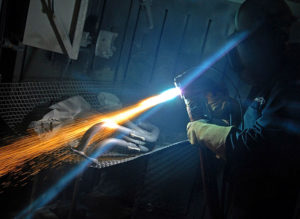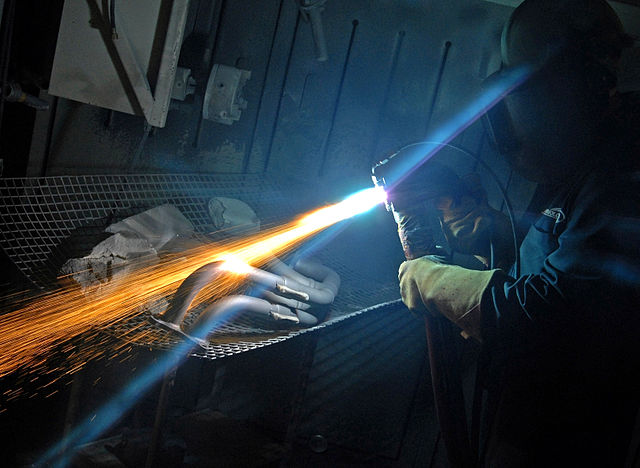 The manufacturing output of Singapore slipped 3.6% year-on-year in July 2016, as all clusters save electronics registered a fall, seemingly a dark sign not just for the economy of the country but that of the world as well.
The manufacturing output of Singapore slipped 3.6% year-on-year in July 2016, as all clusters save electronics registered a fall, seemingly a dark sign not just for the economy of the country but that of the world as well.
Excluding biomedical manufacturing, manufacturing output fell 2.0%, according to an official release by the Singapore Economic Development Board.
The July performance marks the first contraction in five months for the state and the biggest backslide since December 2015, when output fell 11.9% year-on-year .
On a three-month moving average, output shrank 0.7% in July 2016 compared to a year ago. On a seasonally adjusted month-on-month basis, the decline was 4.0% against June 2016. Excluding biomedical manufacturing, output fell 4.8%.
Only the electronics cluster’s output did well, increasing 16.2% year-on-year on higher output for semiconductors (34.0%). This was partially offset, however, by declines in the rest of the electronics segments. Cumulatively, output for electronics grew 8.3% in the first seven months of this year compared to the same period last year.
The chemicals cluster’s production fell 3.2% year-on-year. The other chemicals and specialties segments grew 14.6% and 3.6%, respectively, where the former was boosted by higher output of fragrances. But petroleum and petrochemicals contracted 1.7% and 23.1%, respectively. Decline in the petroleum segment was partly attributed to the high base in July last year, whereas petrochemicals was affected by plant maintenance shutdowns. Year-to-date, the chemicals cluster fell 3.0 % compared to the same period in 2015.
Output of the precision engineering cluster weakened 4.9% in July 2016 compared to the same month last year. The machinery & systems segment fell 1.1% due to fewer orders in lifting & hoisting equipment, industrial process control equipment, and refrigeration systems. Lower output in optical instruments, wire & cable products, bolts, fasteners and screws led to a 10.6% contraction in the precision modules & components segment. In the first seven months of the year, this cluster’s output declined 3.4% compared to the same period last year.
Biomedical manufacturing contracted 9.7%. The medical technological segment grew 6.3%. However, this was offset by a 14.1% fall in pharmaceuticals. On a year-to-date basis, biomedical manufacturing increased 8.9% compared to the same period a year ago.
The general manufacturing industries cluster’s output plunged 10.2%. Food, beverages & tobacco output posted a decline of 2.8%. The miscellaneous industries segment fell 13.4% due to lower output of wooden furniture & fixtures and construction-related materials, while the printing segment contracted 21.7% as demand for commercial printing was weak. Cumulatively, the cluster’s output fell 2.7% in the first seven months of the year compared to the same period last year.
Transport engineering output went down 21.8% year-on-year, largely attributed to the marine & offshore engineering segment (-33.4%), in which rig-building activities and demand for oilfield & gasfield equipment remained weak amidst the low oil price environment. The aerospace and land transport segments declined 2.3% and 2.6%, respectively. Year-to-date, output of this cluster decreased 18.0% compared to the same period a year ago.
Photo: Zircotec





